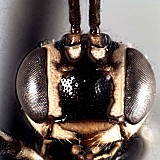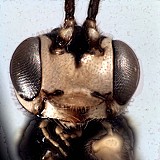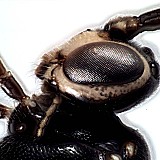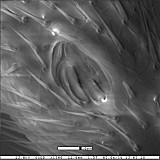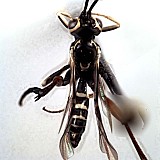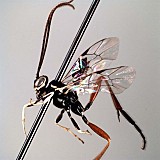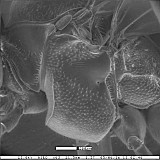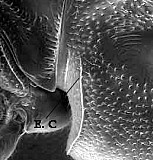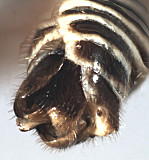Physotarsus tonicus Zhaurova, 2009
Physotarsus tonicus is one of several species with a black and yellow mesosoma, a distinctly punctate mesopleuron, and a completely hyaline wing. It differs from all but P. foveatus Zhaurova and P. melotarsus Zhaurova in having the entire mesoscutum deeply punctate. The face is completely yellow in P. melotarsus and partially to completely black medially in P. foveatus and P. tonicus. The fore and mid femora are extensively dark brown to black in P. tonicus and yellow to orange in P. foveatus.
There are no specimens currently determined for this OTU, or those specimens determined for this OTU are not yet mappable.
This material is based upon work supported by the National Science Foundation under Grant Number DEB 0328922 with REU supplement DEB 0723663.
Any opinions, findings, and conclusions or recommendations expressed in this material are those of the author(s) and do not necessarily reflect the views of the National Science Foundation.

